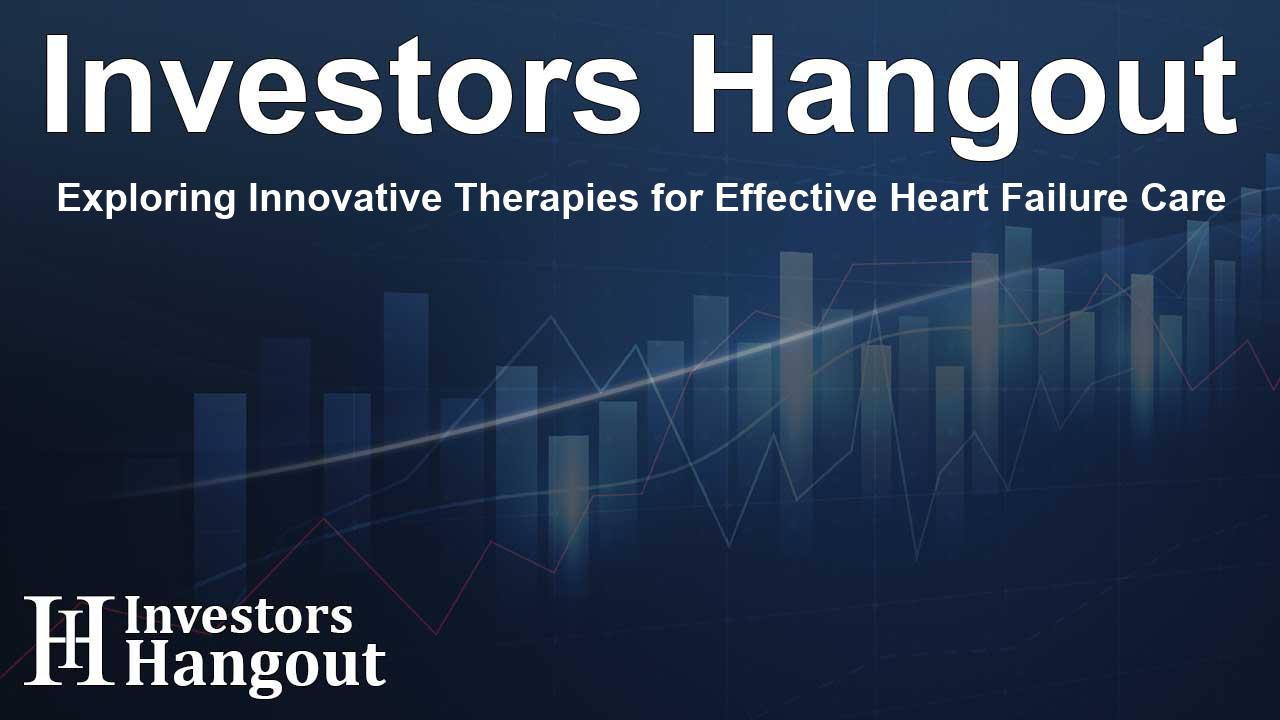Exploring Innovative Therapies for Effective Heart Failure Care

Bringing New Therapies Into Heart Failure Care
Heart failure (HF) is common, complicated, and rarely managed by a single treatment. For many people, the best results come from using medications together with device-based therapies. Recent work in the field points to the same conclusion: pairing novel devices with proven drugs can create a stronger, more flexible plan that improves how patients feel and function.
Why Device-Based Therapies Matter
Even with guideline-directed medical therapy (GDMT), a meaningful number of patients still face symptoms, hospitalizations, or ongoing risk. Devices such as implantable cardioverter-defibrillators (ICDs) and cardiac resynchronization therapy (CRT) can add protection and help the heart work more efficiently, especially when used alongside medicines. But responses to drugs vary. Some people don’t tolerate standard doses; others don’t get the benefits they need. In those situations, newer device-based options can offer a practical, evidence-informed way forward.
When Medicines Aren’t Enough
Side effects, low blood pressure, kidney concerns—any of these can limit how much medication someone can take. And sometimes, even the right drugs at the right doses leave symptoms behind. That’s where therapies such as cardiac contractility modulation and baroreflex activation therapy can help. These approaches aim to support heart function and symptom relief for patients who haven’t responded well to conventional care, closing gaps that medicines alone can’t always fill.
What Heart Failure Care Aims to Achieve
Recent expert statements outline how devices can be built into routine care more systematically. They lay out a practical framework for when and how to consider advanced options, so clinicians can match the therapy to the patient instead of the other way around. The aim is clear and concrete: lessen symptoms, improve recovery, and reduce events in people who remain limited by heart failure despite optimized medication regimens.
A Practical Pathway in Clinic
If symptoms persist after three to six months of diligent pharmacologic treatment, the guidance recommends evaluating device-based therapies. Acting on that timeline helps prevent long stretches of “wait and see” when improvement isn’t materializing. A timely referral, a focused assessment, and an early conversation about devices can open the door to treatments that better fit a patient’s clinical picture.
Guidance From Leading Clinicians
According to Dr. Jerry D. Estep, a co-lead author from Cleveland Clinic Florida, the recent statement highlights ongoing unmet needs in chronic heart failure. It’s designed to help clinicians navigate the available devices and choose among them using contemporary outcomes data. The message to the care team is straightforward: know the tools, know the indications, and use them thoughtfully to meet each patient’s goals.
Devices With Regulatory Approval
Several FDA-approved technologies now play a defined role in the heart failure toolkit. The CardioMEMS pulmonary artery pressure monitoring system can support proactive management by tracking pressure trends, and the HeartMate 3 left ventricular assist device (LVAD) can provide circulatory support for carefully selected patients. The proposed framework encourages clinicians to consider these options when they align with a patient’s profile and needs, helping to fill gaps left by medications alone.
Looking Ahead in Heart Failure Management
Care is moving toward personalization—choosing the right mix of therapies at the right time. A patient-centered plan makes space for both medicines and devices, adjusting as health status and goals evolve. When teams integrate these tools well, patients are more likely to see steady gains in symptoms, function, and quality of life.
What Makes a Strong Program
A reliable clinical process matters. Systems that routinely screen for device eligibility, reevaluate patients who aren’t improving, and address underuse of appropriate therapies can change trajectories. The result is simple but meaningful: more people get the treatments that fit them, and more people do better over time.
Frequently Asked Questions
1. What counts as a device-based therapy for heart failure?
Device-based therapies include tools that support heart function or reduce risk alongside medications. Examples discussed here are implantable cardioverter-defibrillators (ICDs), cardiac resynchronization therapy (CRT), cardiac contractility modulation, baroreflex activation therapy, the CardioMEMS pulmonary artery pressure monitor, and the HeartMate 3 left ventricular assist device (LVAD).
2. How do these devices work with medications?
They complement drug therapy. While medicines address neurohormonal pathways and fluid balance, devices can improve electrical coordination, support heart pumping, monitor pressures to guide care, or provide mechanical assistance. Together, they can ease symptoms, reduce hospitalizations, and improve day-to-day functioning.
3. When should a care team consider a device?
A common inflection point is after three to six months of guideline-directed medical therapy if meaningful symptoms persist or if medications aren’t tolerated. At that stage, a structured evaluation can determine whether a device matches the patient’s clinical needs and goals.
4. Who decides which device is appropriate?
The decision typically involves the treating cardiologist—and when needed, an advanced heart failure team—using a clinical framework and current outcomes data. The choice reflects disease severity, prior responses to therapy, and what matters most to the patient.
5. What’s the outlook for heart failure care?
The field is moving toward more personalized plans that blend medicines and devices. As teams consistently identify candidates for advanced therapies and act earlier when symptoms persist, more patients stand to benefit from a tailored approach to symptom relief and recovery.
About The Author
Contact Addison Perry privately here. Or send an email with ATTN: Addison Perry as the subject to contact@investorshangout.com.
About Investors Hangout
Investors Hangout is a leading online stock forum for financial discussion and learning, offering a wide range of free tools and resources. It draws in traders of all levels, who exchange market knowledge, investigate trading tactics, and keep an eye on industry developments in real time. Featuring financial articles, stock message boards, quotes, charts, company profiles, and live news updates. Through cooperative learning and a wealth of informational resources, it helps users from novices creating their first portfolios to experts honing their techniques. Join Investors Hangout today: https://investorshangout.com/
The content of this article is based on factual, publicly available information and does not represent legal, financial, or investment advice. Investors Hangout does not offer financial advice, and the author is not a licensed financial advisor. Consult a qualified advisor before making any financial or investment decisions based on this article. This article should not be considered advice to purchase, sell, or hold any securities or other investments. If any of the material provided here is inaccurate, please contact us for corrections.
